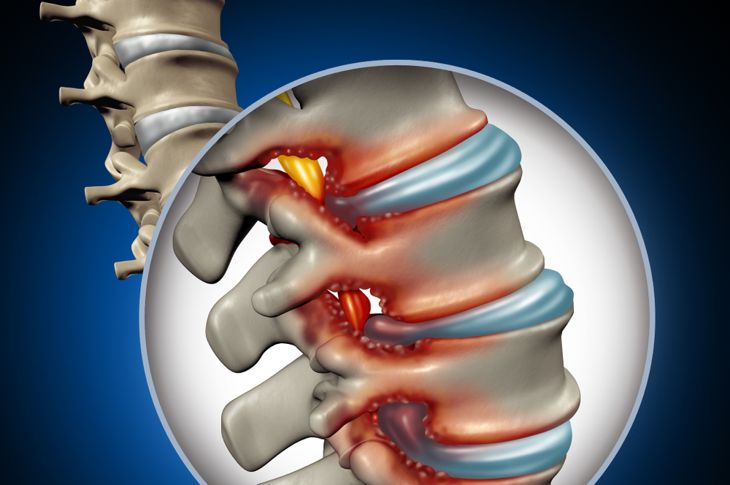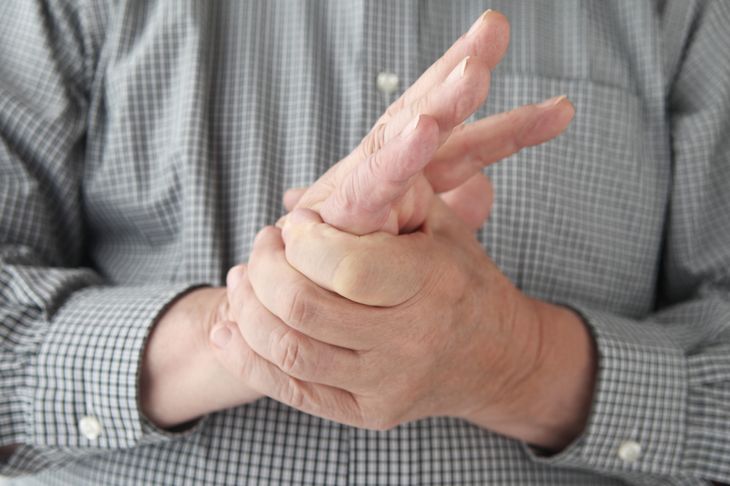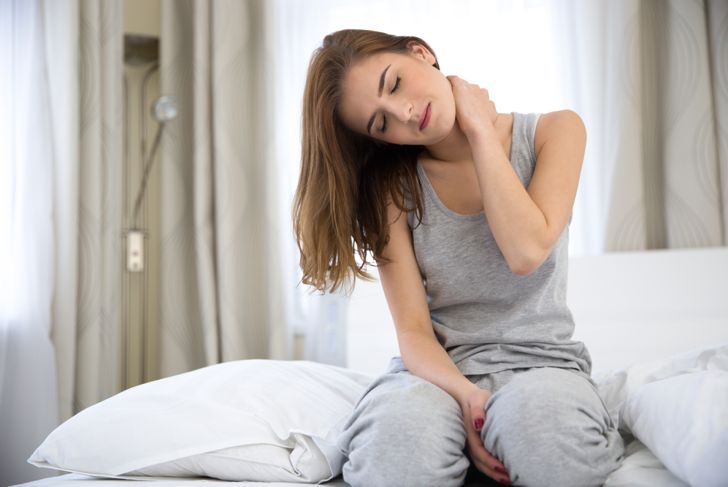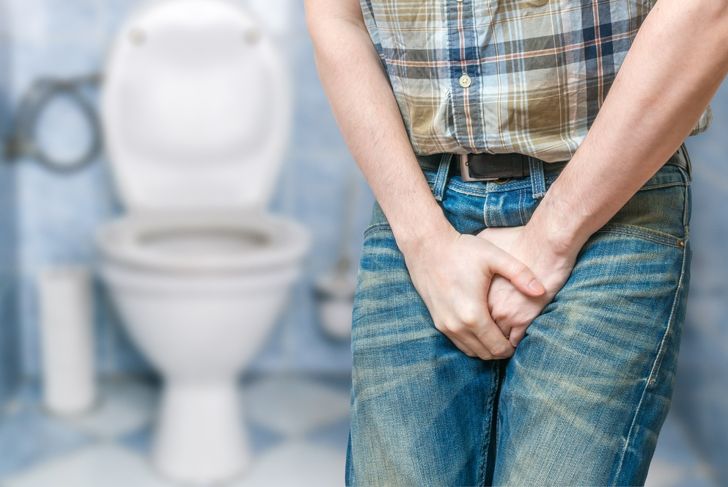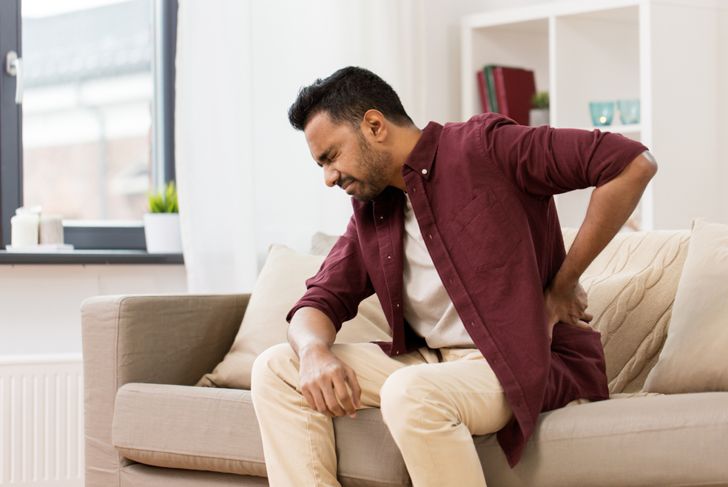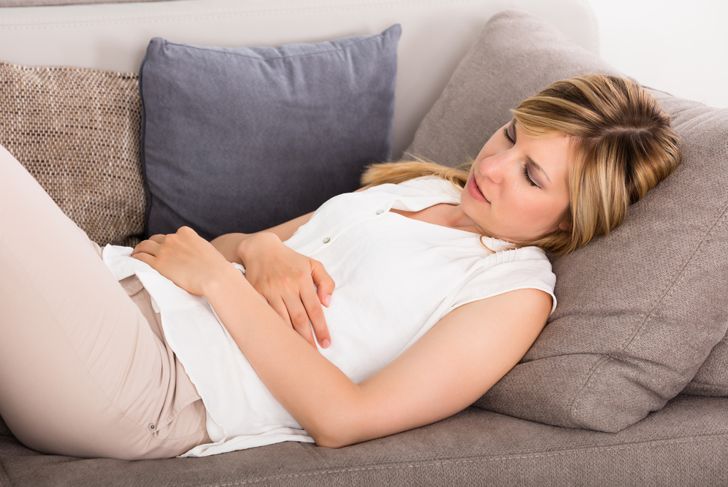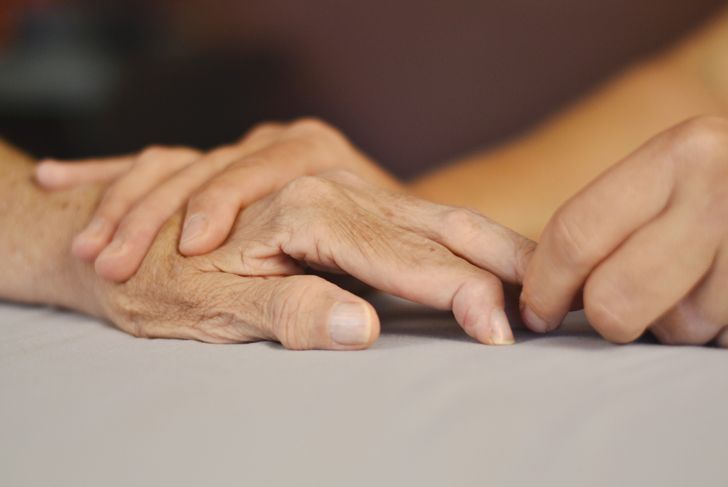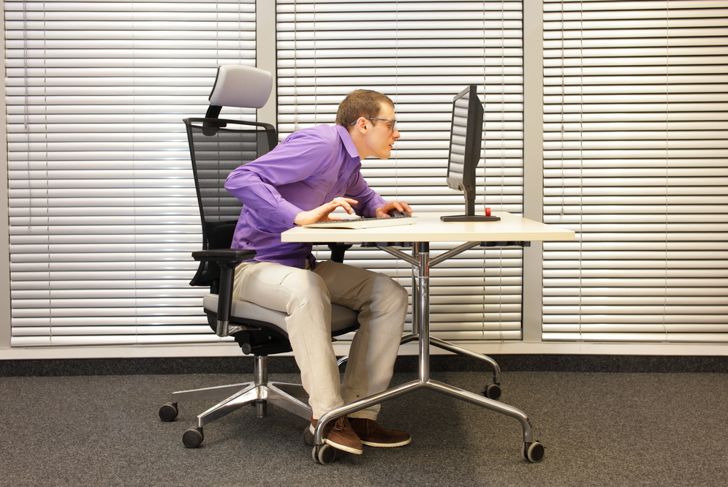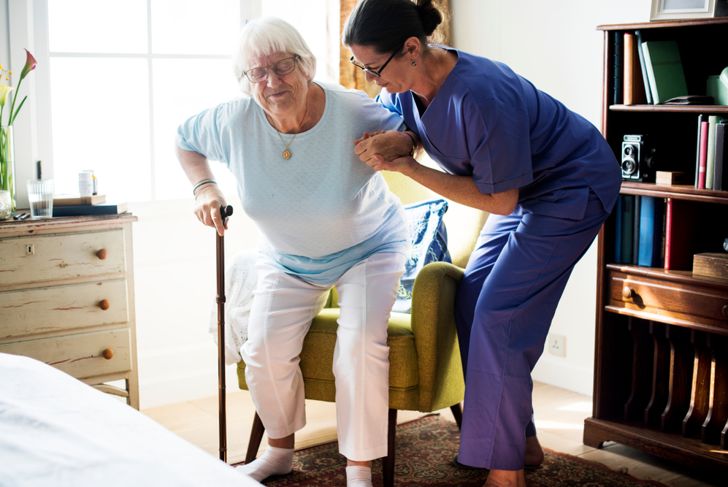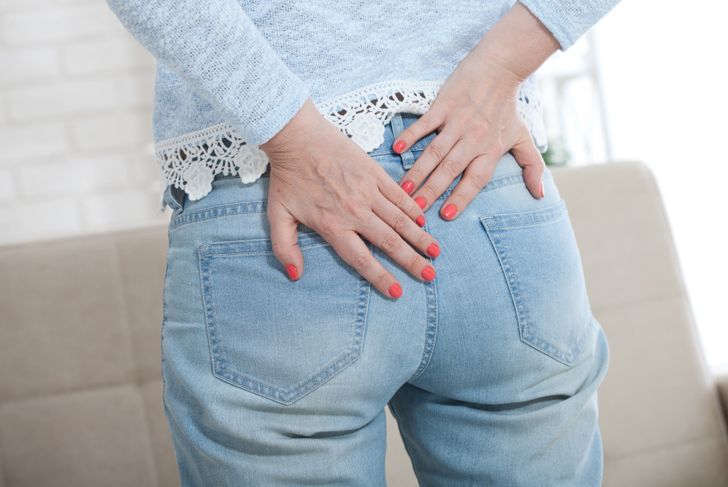Spinal stenosis refers to a narrowing of the spinal canal leading to compression of the spinal nerve roots or the spinal cord. There are two types of stenosis: lumbar and cervical. In both cases, affected individuals experience symptoms relating to the nerves of the spinal cord. Because most nerves travel through the spinal column, symptoms can be wide-ranging and affect the entire body.
Pain While Walking
One of the most common symptoms of spinal stenosis is a pain in the leg while walking or pseudoclaudication. Upright exercise and prolonged standing can worsen this symptom, which usually progresses over time and eases as soon as the person sits down. This pain often leads to diminished activity. Physical therapy and specific changes in posture may help reduce this symptom.
Tingling Sensations
Another frequent symptom of spinal stenosis is a tingling sensation in the legs or arms, or throughout the entire body. Most people compare the feeling to pins and needles. This symptom develops due to reduced blood flow, which causes areas to “fall asleep.” Stretching the affected body part gently can help alleviate the sensation, though sudden movements can provoke it or make it worse.
Pain in the Neck
Pain in the neck is widespread in people with cervical spinal stenosis. This pain occurs when the spinal canal begins shrinking. The development of bone spurs in elderly individuals with osteoarthritis is a major cause of cervical stenosis. These spurs compress the nerves, resulting in pain or aching near the neck, including the upper back and shoulders. The development of spurs does not guarantee that neck pain will develop, however.
Bladder and Bowel Changes
Many people with spinal stenosis experience changes in bladder and bowel movements. A form of spinal stenosis, Cauda Equina syndrome, causes individuals to feel an increased or urgent need to void the bladder or bowels. The condition can also make it difficult to control the muscles responsible for these actions. People with Cauda Equina syndrome also develop lower back pain that radiates down the leg, and may feel numbness around the anus.
Leaning Forward
Those with spinal stenosis report that leaning forward is a means of pain relief. This relief occurs because a forward bend removes the pressure that causes pain. However, this alleviation is temporary; once the person takes a different posture or position, the pain gradually returns. The recurring desire to lean forward to ease lower back pain can be a sign that a serious issue is at play.
Waves of Pain
The type of pain spinal stenosis causes varies from person to person. Many report pain that comes in intense and temporary waves that typically last a few hours, though some flare-ups can last for days. A physician may recommend applying a cold pack to the affected area and restricting movement as much as possible when a person with spinal stenosis is experiencing this symptom.
Arthritis
Many people with spinal stenosis have arthritis. Both osteoarthritis and rheumatoid arthritis can affect the spine, and cause pain and inflammation that can interfere with movement. Though people with arthritis are prone to developing spinal stenosis, early detection can prevent or minimize this eventual decline. People who experience long-lasting stiffness or pain in the joints should see a doctor.
Changes in Posture
Posture is a vital element of a healthy spine. In the case of people with spinal stenosis, a shift in posture is a recurring symptom. As the condition progresses, many people require crutches and braces to walk. Bone spurs that impact the nerves in the spinal cord cause this sign. Posture issues can also lead to sleep quality as people are forced to lie in awkward positions to alleviate pain.
Difficulty Standing Up
Because spinal stenosis causes the nerves in the spinal cord to be compressed, many people find it difficult to keep the back straight, which can make it difficult to move from a seated to standing position, and to stand for prolonged periods. Stiffening and tightening of the muscles around the spinal cord also affect an individual’s ability to sit and stand straight, and often cause pain.
Pain in the Buttocks
Shooting pain in the buttocks and down the leg is one of the signs of lumbar stenosis and is usually due to compression of the nerves that control the lower part of the body as they exit the spinal canal. Pain in the buttocks that does not go away may also be indicative of other diseases and should, therefore, be examined and diagnosed by a doctor.

 Home
Home Health
Health Diet & Nutrition
Diet & Nutrition Living Well
Living Well More
More